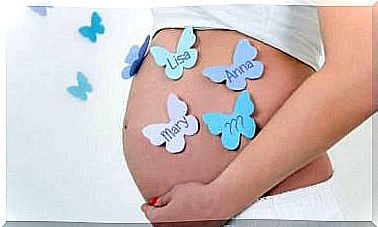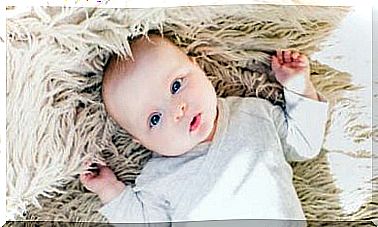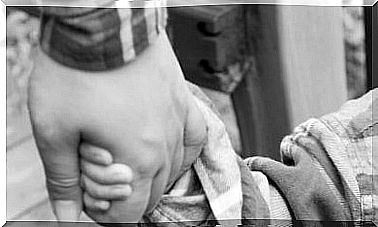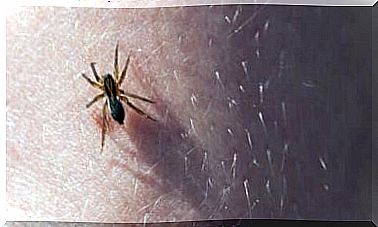Pregnancy Pemphigoid, What Is It?
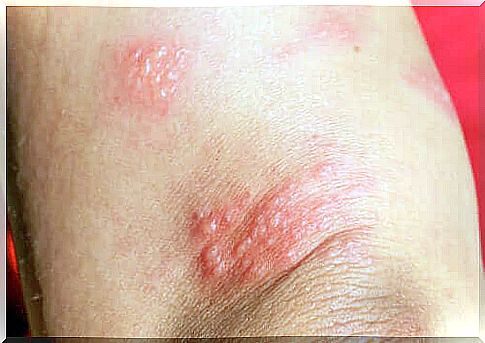
Pregnancy is often one of the happiest times for a woman. However, it can lead to pregnancy-related conditions that alter her quality of life. For example, pregnancy pemphigoid is a rare autoimmune pregnancy-specific blistering dermatosis. The clinical manifestations are similar to bullous pemphigoid.
Why does pregnancy pemphigoid occur?
Pregnancy pemphigoid is usually activated during the third trimester. However, it can occur during any of the three trimesters or after childbirth.
What causes the skin lesions is an autoimmune process involving autoantibodies. This means that the immune system accidentally starts an attack on its own skin.
However, it disappears spontaneously after two months after delivery, except in rare cases where it can last longer. According to studies in the Orphanet Journal of Rare Diseases , gestational pemphigoid occurs in an estimated 1 in 40,000-50,000 pregnancies with no difference in racial discrimination.
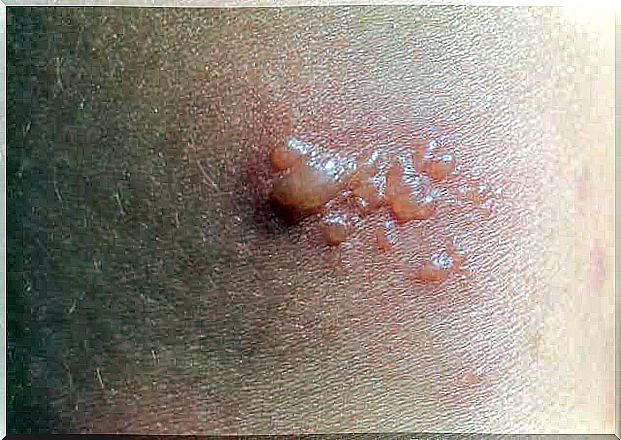
Clinical manifestations
The outbreak of gestational pemphigoid is polymorphic. Itching is the predominant symptom of the condition and can sometimes precede the appearance of skin lesions.
The itching begins in the periumbilical area, where later a variety of red papules will appear. These are urticariform erythematous plaques or lesions of the erythema multiforme type. Then, after about 3 weeks, the papules evolve from vesicles into large, red fluid-filled blisters.
Lesions that were initially localized then begin to spread to the abdomen, limbs, and the rest of the body. However, it rarely affects the mucous membranes and the face.
In 75% of the cases, the disease reactivated after delivery. However, pemphigoid lesions during pregnancy usually disappear within 15 weeks of delivery without leaving any marks or scars.
Possible differential diagnosis
The differential diagnosis when evaluating the lesions, in consultation with the specialist, should exclude the presence of itchy urticarial papules and pregnancy plaques, which are also known as PUPP, another type of skin rash.
PUPP is an itchy gestational dermatosis whose clinical manifestations resemble those of gestational pemphigoid. Their similarities are as follows:
- Both begin to appear first in the periumbilical area.
- Both are more common in the third trimester.
- The rash disappears spontaneously a few weeks after delivery.
There are few features that set them apart. Furthermore, PUPP usually does not develop into large fluid-filled blisters and when it expands, it also spreads to the legs and armpits.
How to Confirm a Pregnancy Pemphigoid Diagnosis
The final diagnosis is made by the doctor, who looks at the patient’s symptoms. Depending on the physician’s criteria and the clinical findings at the time of the physical exam, he or she will indicate whether a biopsy of the lesion is needed or not.
This procedure involves the use of local anesthesia and the removal of part of the lesion for laboratory analysis. The doctor may even consider taking blood for further analysis of the antigen levels in the blood.
Treatment and Management of Gestational Pemphigoid
The treatment of gestational pemphigoid depends on the stage of the skin lesions and the severity of the clinical picture. Two of the treatment goals according to Dermatologic Clinics are as follows:
- Relieving the itching of the pregnant woman.
- Avoiding the production of new blisters.
Corticosteroids
In mild cases, doctors prescribe topical creams containing corticosteroids to reduce itching and inflammation of the injured area. During pregnancy, mild or moderate topical corticosteroids are preferable to strong or very strong.
Antihistamines
It is possible to combine topical corticosteroids and oral antihistamines to enhance the effect in reducing itching. Second-generation antihistamines (cetirizine, levocetirizine, and loratidine) are best used during pregnancy.
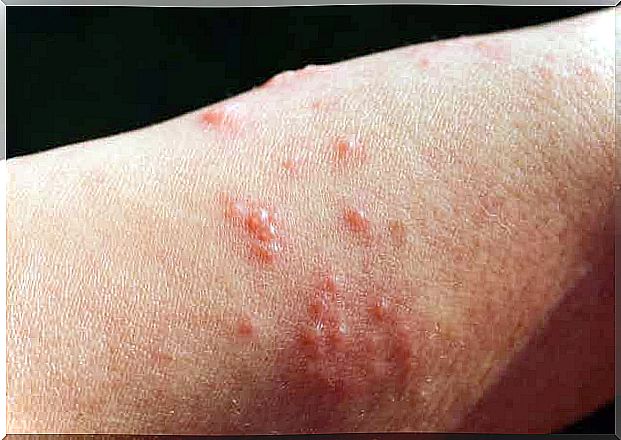
Always consult your midwife before taking any medication if you are pregnant. This also applies to over-the-counter medicines.
Hygiene and care measures
In mild cases, doctors will recommend taking certain measures at home to reduce itching. For example, think of:
- Keep the skin cool and hydrated.
- Stay in a cool environment or an air-conditioned room.
- Use 100% cotton clothing and avoid synthetics as well.
Pregnancy pemphigoid and quality of life
In short, the symptoms caused by this condition can therefore cause a certain weakness in the pregnant woman. However, pregnancy pemphigoid does not pose a direct risk to the mother’s health. However, a multidisciplinary approach between gynaecologist, obstetrician and dermatologist is necessary to ensure coordinated and appropriate follow-up.

